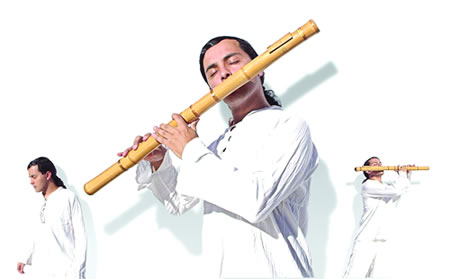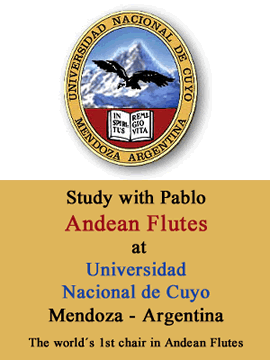
World Flutes Master

Take care of our enviroment

comprar

Peace web theme set courtesy of Crystal Cloud Graphics web set icon
Crystal Cloud Graphics
Crystal Cloud Graphics


Early in the region of Emperor Wudi (141-88 BC) of the Han dynasty, the di flute was introduced from western areas into China and standardized in construction thorugh revisions. But broadly speaking, such features as its bamboo make, edged tone and sideholes have given the evidence of its existence in the ensembles of the Spring and Autumn Period (770-476 BC). A new archaeological find reveals the eraliest type so far, some bone flutes unearthed from a tomb in Hubei province; they are asically the same in construction as the morden bamboo type, only without the hole for membrane. These instruments still can be played despite of its old age of 8,000.
The modern type is frequently wrapped with bands of silk or thread for crack-proof. Its range is about two and a half octaves. Among many types, bangdi and qudi are the most common nowadays. The shorter type known as bangzi opera of northern China. The longer one known as qudi, with a melolow tone, emerged with the kunqu opera of centeral China. The former is a fourth higher in pitch than the latter.
The di is very popular with the common people, often used for solos or in ensembles, and in the accompaniments as well.
Range:
D key (a to b2); G key (d1 to e3); F key (c1 to d3) etc.
The modern type is frequently wrapped with bands of silk or thread for crack-proof. Its range is about two and a half octaves. Among many types, bangdi and qudi are the most common nowadays. The shorter type known as bangzi opera of northern China. The longer one known as qudi, with a melolow tone, emerged with the kunqu opera of centeral China. The former is a fourth higher in pitch than the latter.
The di is very popular with the common people, often used for solos or in ensembles, and in the accompaniments as well.
Range:
D key (a to b2); G key (d1 to e3); F key (c1 to d3) etc.
DIZI (Bamboo flute)








